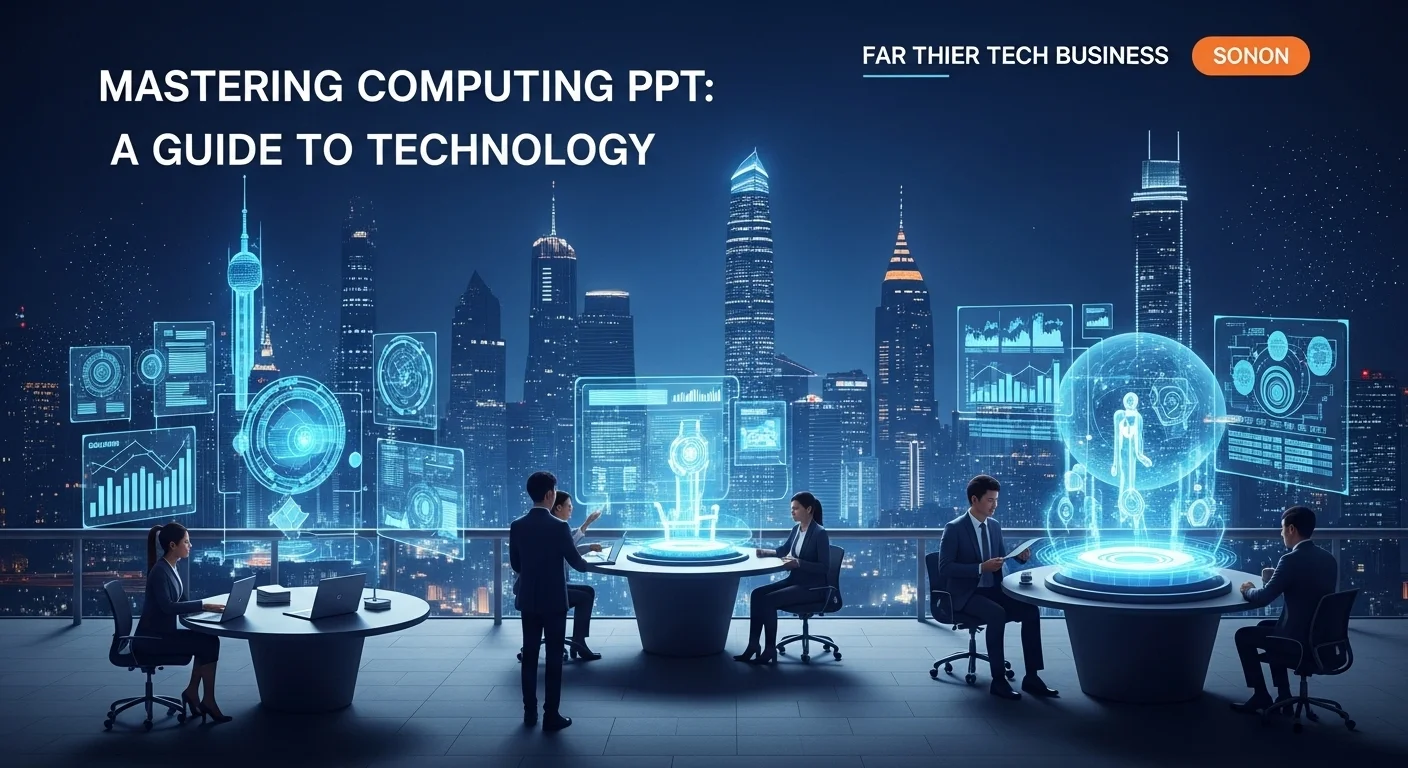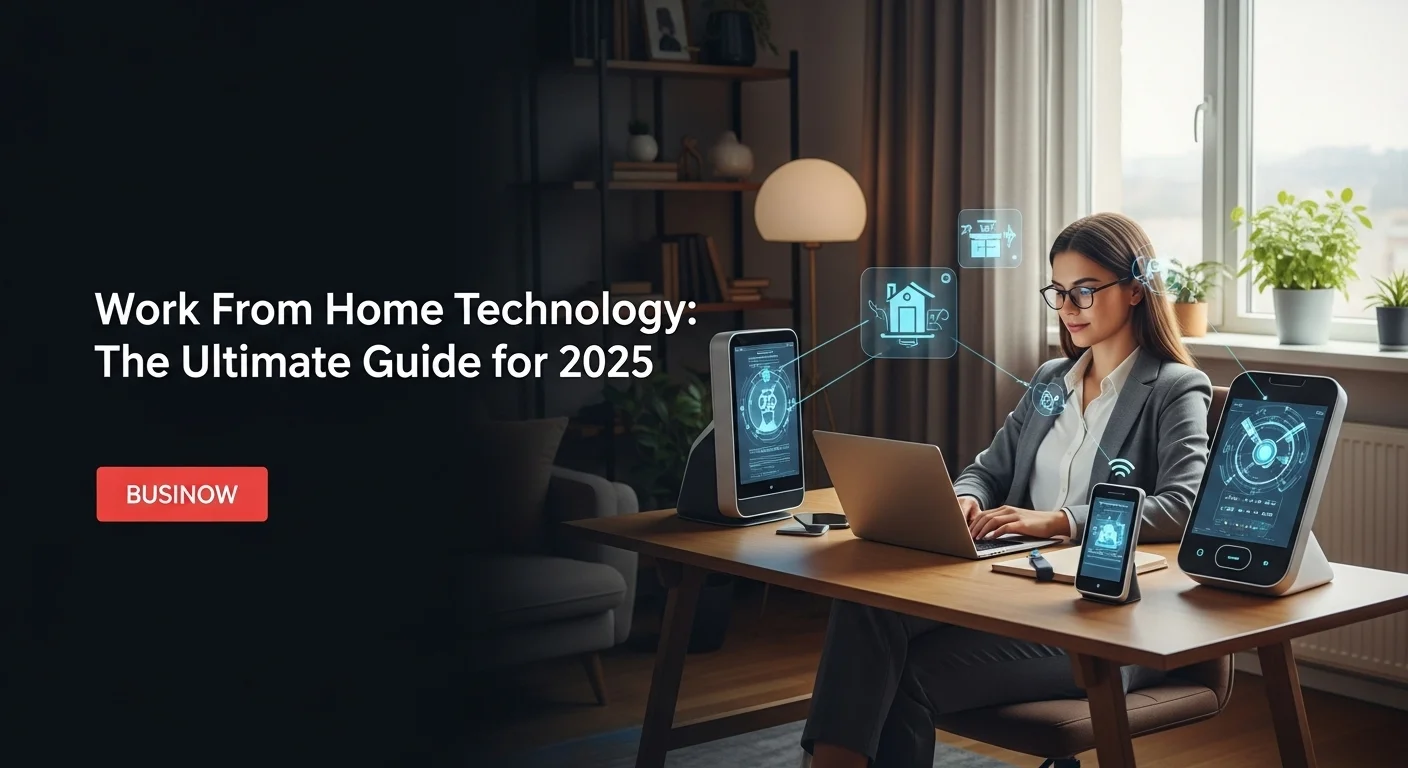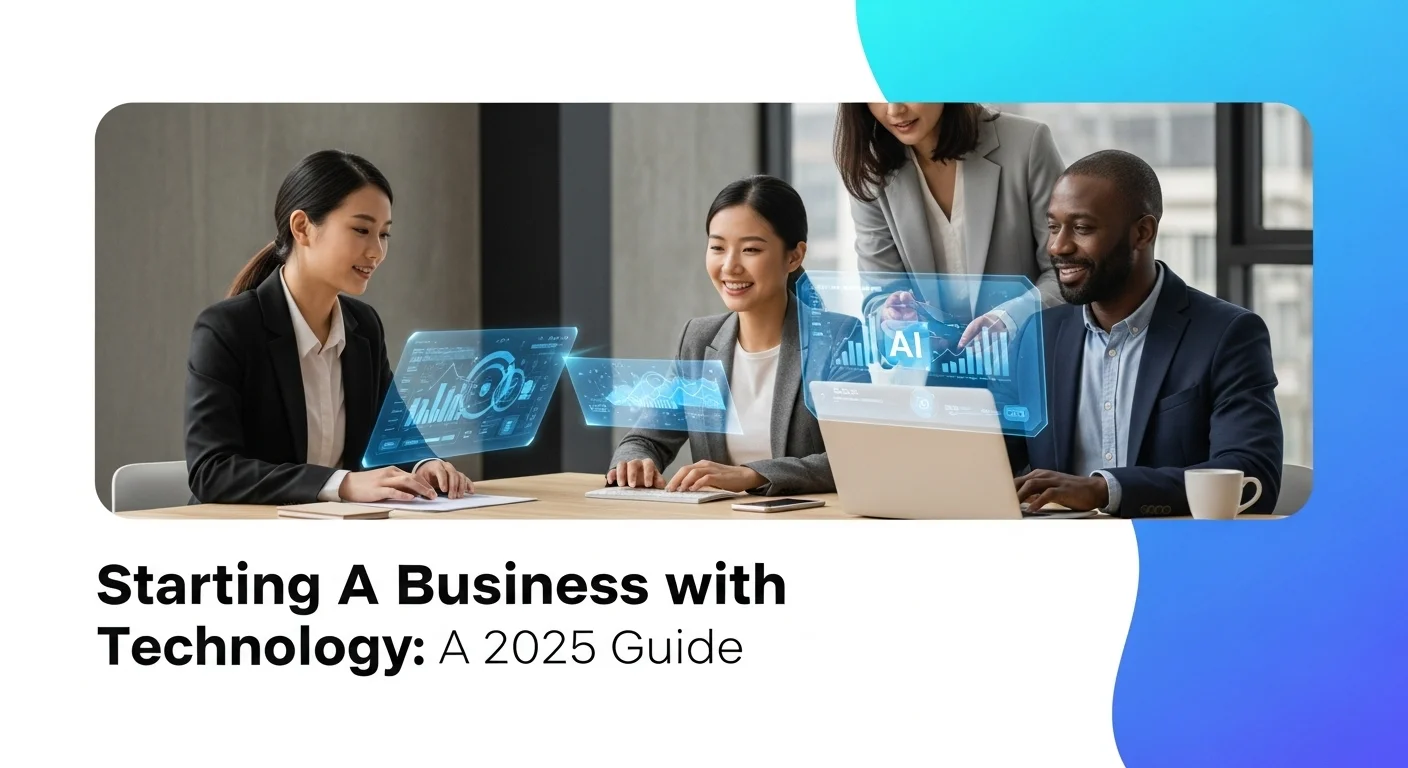SaaS Security Demystified: A Real-Talk Guide for Your Business

Executive Summary
In my years as a security strategist, I've seen businesses transform using cloud tools. Software-as-a-Service (SaaS) is the engine of the modern workplace. But with every new app your team adopts, a new door to your sensitive data opens. This is where SaaS security stops being 'IT's problem' and becomes a core part of your business strategy. This guide is my attempt to cut through the noise. We'll talk about what SaaS security really is, why it's so different from old-school software protection, and what you, the customer, are actually on the hook for. We’ll look at the common threats I see every day—from simple misconfigurations to insider risks—and explore how to build a defense that actually works. Think of this as your personal roadmap to using the cloud with confidence, knowing your data, your reputation, and your business are truly secure.
Table of Contents
Table of Contents
- What is SaaS Security, Really? And Why It's a Lifeline for Your Business
- The Real Threats Lurking in Your SaaS Apps
- A Practical Guide to Mastering SaaS Security
- The Shared Responsibility Model: What's Really on Your Plate?
- Essential Tips and Strategies for Long-Term SaaS Security
- Building a Security-First Culture That Lasts
What is SaaS Security, Really? And Why It's a Lifeline for Your Business
In the world of business technology, we've moved into the cloud, and there's no going back. Software-as-a-Service (SaaS) has become our go-to for everything from sales and marketing to project management. It's powerful, convenient, and lets us work from anywhere. But here's the catch I see companies stumble over all the time: that convenience comes with a shared security burden. SaaS security isn't just a feature; it's the entire framework of rules, tools, and best practices you need to protect your company's data inside those third-party apps. Getting this right is no longer a 'nice-to-have'—it's fundamental to survival in today's digital world.
At its heart, SaaS security is about managing the risks that come with not owning the software's infrastructure. A third-party vendor hosts the app, but you own the data you put into it. This creates a partnership where security is a shared responsibility. The vendor secures their platform, but you are responsible for how your team uses it. This means controlling who has access, configuring settings correctly, and protecting the data you upload. I've seen firsthand how a simple mistake in this area can lead to catastrophic data breaches, huge fines, and a loss of customer trust that can take years to rebuild. A strong SaaS cyber security plan is your insurance policy against this.
The Real Threats Lurking in Your SaaS Apps
The more SaaS apps you use—and it's wild to think that the average company is juggling over 100 of them—the bigger your 'attack surface' becomes. Each app is a potential entry point for someone with bad intentions. From my experience, these are the threats that keep business leaders up at night:
- Data Breaches: This is the big one. Whether it's through stolen passwords, a software bug, or a misconfigured setting, someone getting unauthorized access to your customer lists, financial records, or secret projects is a nightmare scenario.
- Misconfigurations: SaaS apps are flexible, but that flexibility can be a double-edged sword. I constantly see companies with overly generous sharing settings or key features like multi-factor authentication (MFA) turned off. It’s no surprise that Gartner famously predicted that through 2025, a staggering 99% of cloud security failures will be the customer's fault, often due to these simple mistakes.
- Identity & Access Chaos: Managing who has access to what across hundreds of apps is a massive challenge. Stolen passwords are still a go-to for hackers. Even worse, I often find that when an employee leaves a company, their access to a dozen apps remains active for weeks or months, leaving a backdoor wide open.
- Shadow IT: Your employees are smart, and they'll find tools to get their jobs done faster, often without telling the IT department. While this 'Shadow IT' comes from a good place, it operates outside of your security safety net, creating huge blind spots and risks.
- Integration Risks: We connect our SaaS apps to create smooth workflows, but every API connection is another potential weak link. A vulnerability in one app can cascade through your entire system, creating a domino effect of compromises.
Why a Strong Security Strategy is Your Best Business Asset
Thinking about these threats isn't meant to scare you; it's meant to empower you. A solid cloud security SaaS strategy isn't about saying 'no' to new tools. It's about creating a framework to say 'yes' safely. It’s about protecting your data, ensuring you can keep operating no matter what, and building trust with your customers. The cost of a breach goes far beyond money; it hits your reputation hard. Investing in good SaaS network security and practices is a direct investment in your company's future.
It's also crucial to understand how security differs across cloud models like IaaS, PaaS, and SaaS. With IaaS, you're practically building the house yourself, so you're responsible for almost all the security. With SaaS, the vendor builds the house, but you're responsible for who has the keys and what they do inside. Many businesses get this wrong, assuming the vendor handles everything. That assumption is where the danger lies. To navigate this, many smart companies partner with specialized SaaS cyber security companies that offer tools like SaaS Security Posture Management (SSPM) to automate checks and balances. Think of them as your expert security consultants, helping you manage your side of the responsibility effectively.
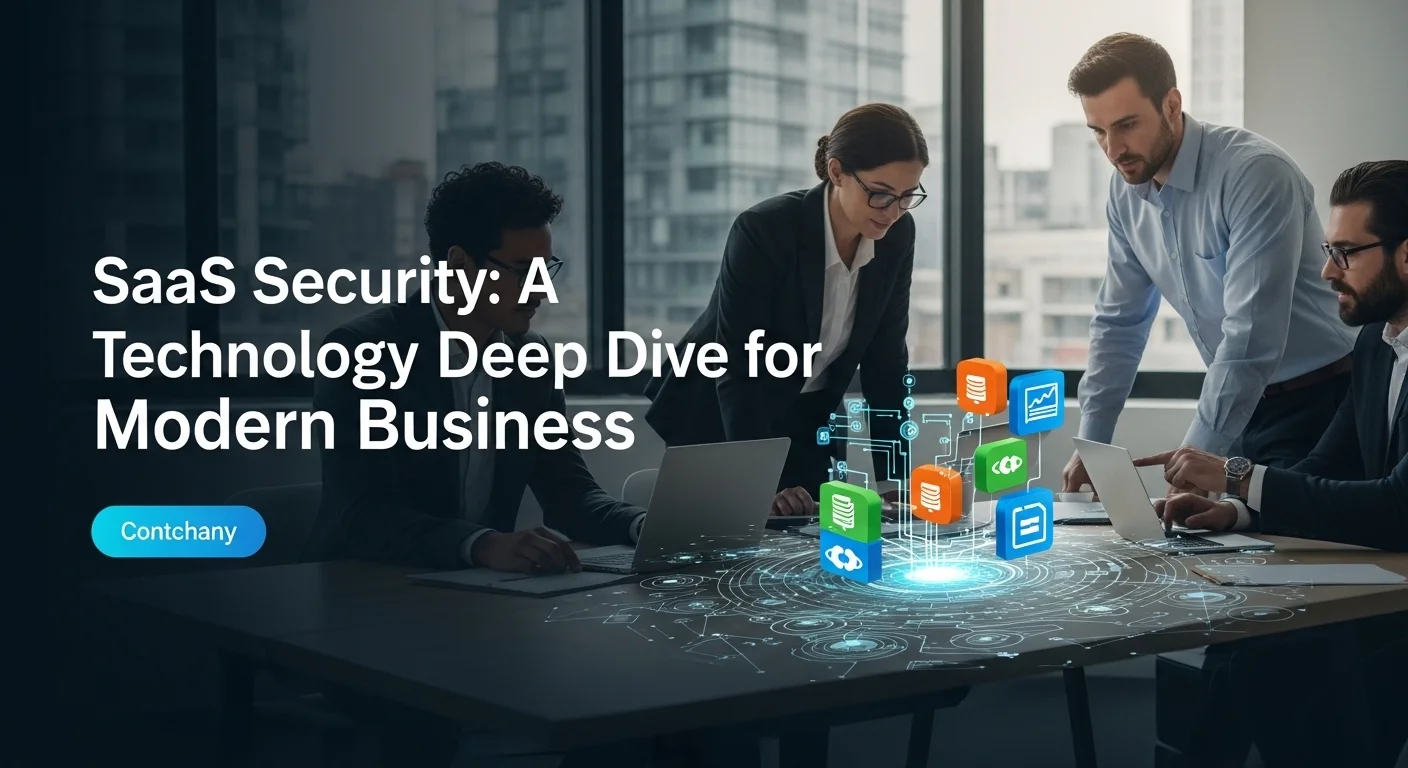
A Practical Guide to Mastering SaaS Security
Building a strong defense for your SaaS applications isn't about buying a single magic tool; it's about layering smart strategies, processes, and technologies. As someone who has helped businesses untangle their cloud security messes, I can tell you that a practical, multi-layered approach is the only way to go. This is your roadmap to creating a security framework that protects your business while letting it thrive, focusing on real-world SaaS cyber security and cloud security SaaS tactics.
The Shared Responsibility Model: What's Really on Your Plate?
Before we dive into tools, let's get crystal clear on the Shared Responsibility Model. We've all heard the term, but its real-world meaning is what matters. In the cloud security IaaS PaaS SaaS world, the SaaS model puts the most responsibility on the vendor, but the customer's part is critical and, frankly, where most breaches originate.
- What Your SaaS Provider Handles: They take care of the security 'of' the cloud. This means their physical data centers, their network hardware, the application code itself—basically, the core service you're buying. They're patching their own software and defending their servers.
- What You Absolutely Must Handle: You are responsible for security 'in' the cloud. This is your domain, and it includes:
- Your Data: You own it. You need to know what data is sensitive and protect it accordingly. The provider has no idea if that spreadsheet contains lunch orders or your entire customer database.
- Who Has Access (IAM): This is your most important job. You decide who gets a key, what rooms they can enter, and when to take their key back. Enforcing strong passwords, requiring multi-factor authentication (MFA), and cutting off access for former employees are non-negotiable.
- Your Devices: You have to make sure the computers and phones your team uses to access these apps are secure.
- The Settings: You control the security settings within the app. Failing to properly configure sharing rules or enable logging is on you.
- Compliance: The vendor might be SOC 2 compliant, but you are responsible for using the tool in a way that meets your industry's regulations, like HIPAA or GDPR.
Core Methods I Recommend for Securing Your SaaS World
To handle your side of the bargain, you need the right set of tools in your toolbox. These are the technologies I see making the biggest difference for businesses today.
1. SaaS Security Posture Management (SSPM): Think of this as your automated security guard, constantly checking the locks and windows on all your SaaS apps. SSPM tools plug into your applications (like Microsoft 365, Salesforce, Slack) and scan them 24/7 for risks. They'll alert you to misconfigurations, tell you when a user has way too much power, and spot risky third-party apps connected to your system. It’s a game-changer for staying on top of things.
2. Cloud Access Security Broker (CASB): A CASB is like a security checkpoint between your employees and the cloud. It helps you see every cloud app being used—especially the 'Shadow IT' your team signed up for without asking. It can enforce policies like 'don't upload files with credit card numbers' and can spot weird behavior, like someone logging in from two different countries at once, which might indicate a hacked account.
3. Centralized Identity and Access Management (IAM): Juggling hundreds of passwords is a security nightmare waiting to happen. Centralizing identity with Single Sign-On (SSO) is a huge win. Your team gets one secure password to access all their apps, and you can enforce Multi-Factor Authentication (MFA) across the board. This single step dramatically reduces the risk of stolen credentials being used against you.
4. Data Loss Prevention (DLP): DLP tools are your data watchdogs. They're designed to understand what your sensitive data looks like—be it intellectual property, customer PII, or financial info—and block it from being shared improperly. Whether it's stopping an email with a sensitive attachment or a file being moved to a personal Dropbox, DLP is a critical layer of defense.
5. Strong SaaS Network Security Habits: Even though the apps are in the cloud, the connection to them needs to be secure. This means protecting your endpoints with anti-malware software and considering a modern approach like Zero Trust Network Access (ZTNA). The Zero Trust philosophy is simple but powerful: never trust, always verify. It means that even a device on your office network has to prove it's safe before it can access a critical application.
Bringing It All Together with Process
Technology is only half the battle. You need solid business processes to back it up.
1. Vet Your Vendors: Before you trust a new SaaS app with your data, do your homework. Check their security certifications (like SOC 2 Type II), ask tough questions about their security practices, and understand their breach history.
2. Train Your People: Your team is your first line of defense. Regular, engaging training on how to spot phishing attacks and why they shouldn't use personal apps for work is essential. Make them part of the solution, not the problem.
3. Have a Plan for When Things Go Wrong: Don't wait for a breach to figure out what to do. Have an incident response plan specifically for your SaaS apps. Know who to call, how to communicate, and what steps to take to contain the damage. Practice it with your team.
4. Partner with the Right SaaS Cyber Security Companies: The security market is crowded. Look for partners who understand your business, not just sell you a product. Companies like Palo Alto Networks, CrowdStrike, and Zscaler are leaders for a reason, but the 'best' one is the one that fits your specific needs and budget. By blending these technical controls with smart business practices, you can build a SaaS cyber security program that truly protects you and enables your business to grow without fear.
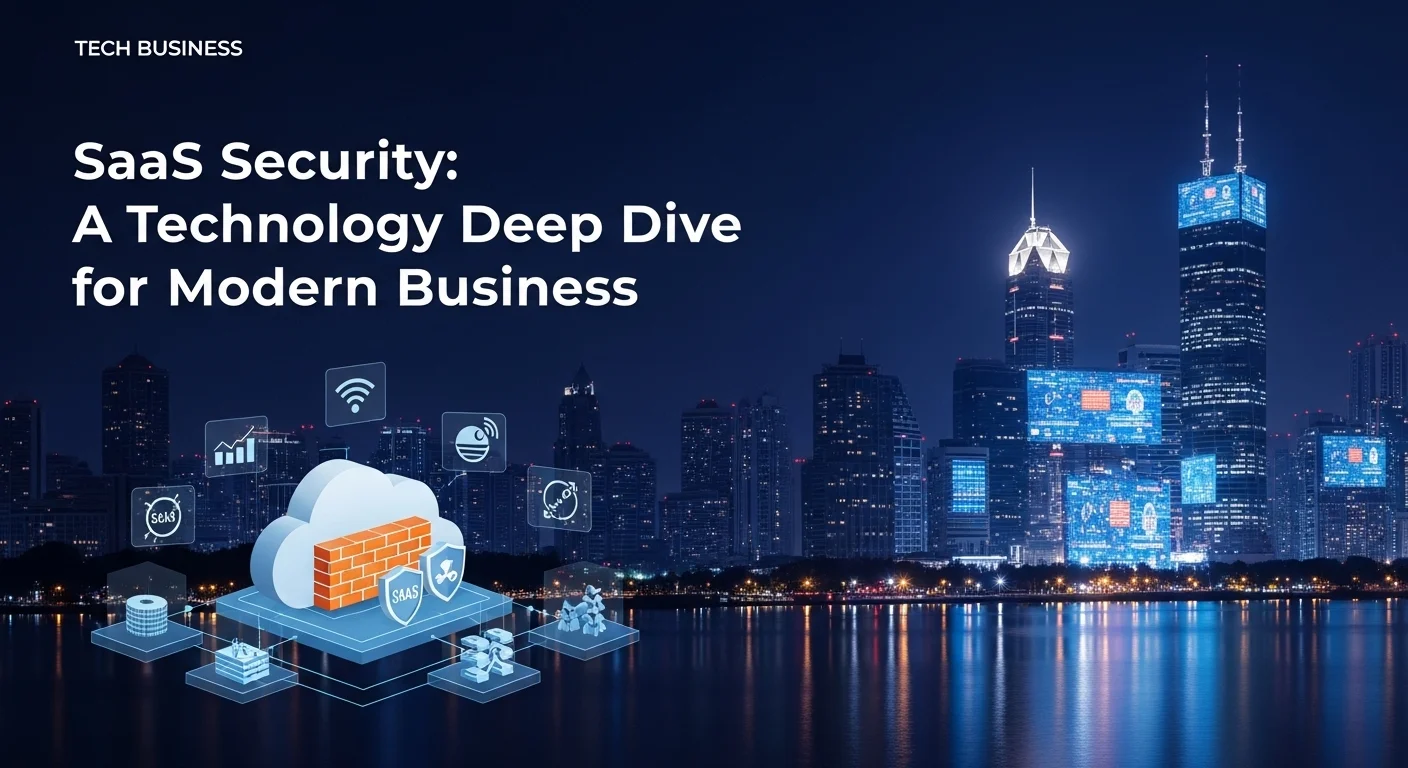
Essential Tips and Strategies for Long-Term SaaS Security
Getting your SaaS security under control is a great first step, but keeping it that way is an ongoing journey. As a security professional, I've learned that the most secure organizations are the ones that treat security not as a project, but as a continuous practice. It's about building good habits, using the right tools smartly, and creating a security-conscious culture. Here are some of the most effective tips and strategies I share with clients to enhance their SaaS cyber security and make their technology experience safer and more efficient.
Best Practices for a Resilient SaaS Security Program
These are the foundational habits that separate the secure from the vulnerable. If you do nothing else, start here.
1. Know What You're Using: The first question I always ask a new client is, 'Do you know every single app your team is using?' The answer is almost always 'no.' You can't protect what you don't know you have. Use a discovery tool (often part of a CASB) to get a full inventory of every SaaS app connected to your company. Once you have the list, you can assess the risk of each one and focus your energy where it matters most.
2. Make Identity Your Fortress: In the cloud, your user's identity is the new perimeter. Protect it fiercely.
- Mandate Multi-Factor Authentication (MFA): I can't stress this enough. MFA is the single most powerful tool you have to prevent account takeovers. Turn it on for every user, on every app that supports it. No exceptions, especially for admins.
- Live by the Principle of Least Privilege (PoLP): People should only have access to the data and features they absolutely need to do their job. Don't just accept the default permission settings; they are often way too generous. Regularly review who has access to what and trim it back.
- Automate Your Hellos and Goodbyes: Connect your HR system to your identity provider. When a new employee starts, their accounts are created automatically. More importantly, when they leave, their access to everything is shut off instantly. This closes one of the most common security holes I see.
3. Audit Your Configurations Relentlessly: Settings change. Vendors push updates, admins make temporary adjustments and forget to change them back. Use a SaaS Security Posture Management (SSPM) tool to automate these audits. It will continuously scan your apps and alert you the moment a setting drifts out of compliance with your security policy.
4. Protect Your Data at Every Stage: Make sure your data is encrypted when it's moving over the internet (in transit) and when it's sitting on the SaaS provider's servers (at rest). This should be a deal-breaker when choosing a vendor. Go a step further by creating a data classification policy to identify your crown jewels, so you can apply stronger controls, like Data Loss Prevention (DLP), to that specific information.
5. Scrutinize Third-Party App Connections: Those handy integrations that connect your CRM to your marketing platform are powerful, but they are also potential backdoors. Each time you authorize an app to access another, you are extending trust. Vet the security of any integration before you approve it, and regularly review the permissions they have. Revoke access for any you no longer need.
My Go-To Advanced Strategies
Once you have the basics down, these strategies can take your security to the next level.
1. Centralize Your View: Trying to manage security from dozens of different admin dashboards is a recipe for failure. I'm a huge advocate for integrated platforms from leading SaaS cyber security companies that give you a 'single pane of glass' view. Combining SSPM, CASB, and other functions into one place makes it so much easier to see the big picture and enforce consistent policies.
2. Embrace a Zero Trust Mindset: The old castle-and-moat approach to security is dead. The 'Zero Trust' model—'never trust, always verify'—is built for the modern world of SaaS and remote work. It means you don't automatically trust anyone, even if they're inside your office network. Every request to access an application is verified first. It's a powerful way to limit the damage if an attacker does get in.
3. Let AI Be Your Co-Pilot: Humans can't keep up with the speed and scale of today's cyber threats. This is where AI and machine learning come in. These technologies can analyze billions of events in real-time to spot anomalies that a human would miss—like a user logging in from an impossible location or downloading an unusual amount of data. This is no longer sci-fi; it's a core part of modern SaaS cyber security.
4. Build a Culture, Not Just a Policy Document: The most secure companies are the ones where every single employee feels like they are part of the security team. This doesn't happen by accident. It's built through:
- Continuous, Engaging Training: Ditch the boring annual slideshow. Use phishing simulations and short, relevant videos to keep security top of mind.
- Positive Reinforcement: Celebrate employees who report suspicious emails or point out a security risk.
- Open Communication: Make it easy and safe for people to report a mistake without fear of being blamed. Your security team should be seen as helpful partners.
A High-Value Resource I Always Recommend
For anyone serious about cybersecurity, I always point them to the Cybersecurity and Infrastructure Security Agency (CISA). CISA is a part of the U.S. government, and their job is to help the nation manage cyber risk. Their website and YouTube channel are packed with incredible, free resources—from alerts on the latest threats to practical guides for businesses of all sizes. It's an invaluable source of expert information that can help you protect your digital infrastructure.
Ultimately, improving your SaaS security experience is about being proactive and strategic. By combining these fundamental best practices with modern tools and a security-first culture, you can turn your SaaS ecosystem from a source of risk into a powerful, secure engine for your business growth.
Expert Reviews & Testimonials
Sarah Johnson, Business Owner ⭐⭐⭐
As a small business owner, I'm not an IT expert. This was a great starting point, but I'd love to see a follow-up with a simple checklist or more real-world examples for non-tech founders.
Mike Chen, IT Consultant ⭐⭐⭐⭐
Solid overview of SaaS security. I consult in this space, and the article hits all the key points like the shared responsibility model and the importance of SSPM. A good resource to share with clients who need to get up to speed.
Emma Davis, Tech Expert ⭐⭐⭐⭐⭐
Fantastic and thorough breakdown! I'm specializing in cloud security, and this piece connected all the dots for me, especially the section on integrating various tools. It's clear, comprehensive, and well-written. One of the best I've read.

